Unraveling the Mystery: Why Is My Hair Falling Off?
Key Highlights
- Hair loss, medically termed alopecia, is a common concern affecting individuals of all genders and ages.
- The causes of hair loss can be diverse, ranging from genetics and hormonal imbalances to medical conditions and lifestyle factors.
- It's essential to understand the type of hair loss you're experiencing to determine the underlying cause and seek appropriate treatment.
- This blog post will explore various reasons behind hair loss, shedding light on common causes, treatment options, and frequently asked questions.
- If you're worried about excessive hair loss, consulting a healthcare provider or a dermatologist is crucial for diagnosis and personalized guidance.
Introduction
Experiencing hair loss can be worrying, especially with the risk of hair loss impacting how you feel about yourself and your overall health. Remember that hair loss is common, and there are many different causes of hair loss. Factors like genetics, hormonal changes, and medical conditions can all lead to it. Knowing the specific reason for your hair loss is important. This can help you find the best treatment options for your situation. This guide will give you helpful information about common and lesser-known causes of hair loss. It aims to empower you with knowledge about possible solutions.
Understanding Hair Loss
Hair loss is a common issue that affects both men and women in the United States. It can show up in different ways. For example, some people may experience gradual thinning, while others may notice sudden shedding. It is important to understand hair loss so we can address it properly. Losing some hair every day is normal, but losing too much can mean there are other factors that need attention.
Hair loss happens when the natural cycle of hair growth is disrupted. This can create an imbalance between hair falling out and hair growing back. Many things can cause this disruption. It could be due to genetics, hormonal changes, medical conditions, environmental factors, or even certain lifestyle choices.
Defining Hair Loss and Its Impact
Hair loss, or alopecia, is when you lose more hair than normal from your scalp or other parts of your body. It's important to know that losing some hair is normal. Usually, people shed about 50-100 strands of hair each day as part of the hair growth cycle.
Yet, if you start to lose too much hair and notice thinning or bald spots, it can hurt your self-esteem and emotions. Hair loss can appear as slow thinning, sudden patchy areas without hair, or complete baldness.
Knowing what type of hair loss you have is key to finding out why it's happening and the best treatment options. If you are worried about your hair loss, it's a good idea to talk to a healthcare provider or dermatologist for a proper diagnosis and guidance just for you.
The Anatomy of Hair and Hair Growth Cycle
To understand hair loss, it's good to know how hair grows. Each hair on our body comes from a small opening in the skin called a hair follicle. Inside this follicle, cells grow and divide, making hair that is mostly made of a protein called keratin.
The hair growth cycle has three main phases: anagen, catagen, and telogen. In the anagen phase, the hair follicle grows new hair. The catagen phase is when growth slows down and the hair is in transition. During the telogen phase, the hair follicle rests and old hair strands fall out so that new hair can grow.
Things that disrupt this cycle can cause hair loss. For example, if the anagen phase is too short, hair can fall out too soon before it grows fully. This can lead to thinner hair or hair loss.
Major Causes of Hair Loss
Hair loss can happen for many reasons. These reasons often work together and lead to changes in how thick your hair is or how it grows. We can group these reasons into four main areas: medical conditions, hormonal changes, genetics, and lifestyle choices.
Some causes may only last a short time and can be fixed easily. However, other causes may need long-term care or treatment. It's important to find the reason for hair loss early. This helps in managing it better.
Hormonal Changes and Imbalances
Hormonal changes are a natural part of life. They can greatly affect hair growth and often lead to hair loss. For example, changes in estrogen levels are linked to female pattern hair loss.
During menopause, estrogen levels go down. This decline can cause hair follicles to shrink. As a result, hair can become shorter and thinner, and it may not last long. Also, conditions like polycystic ovary syndrome (PCOS) can upset the balance of hormones, possibly leading to hair loss on the scalp.
To deal with hair loss caused by hormones, it is important to restore hormone balance. You can start by making lifestyle changes, including using a good shampoo to promote healthy hair. Keeping a healthy weight, managing stress, and using medical options like hormone replacement therapy or birth control pills can help balance your hormone levels. This may reduce hair loss.
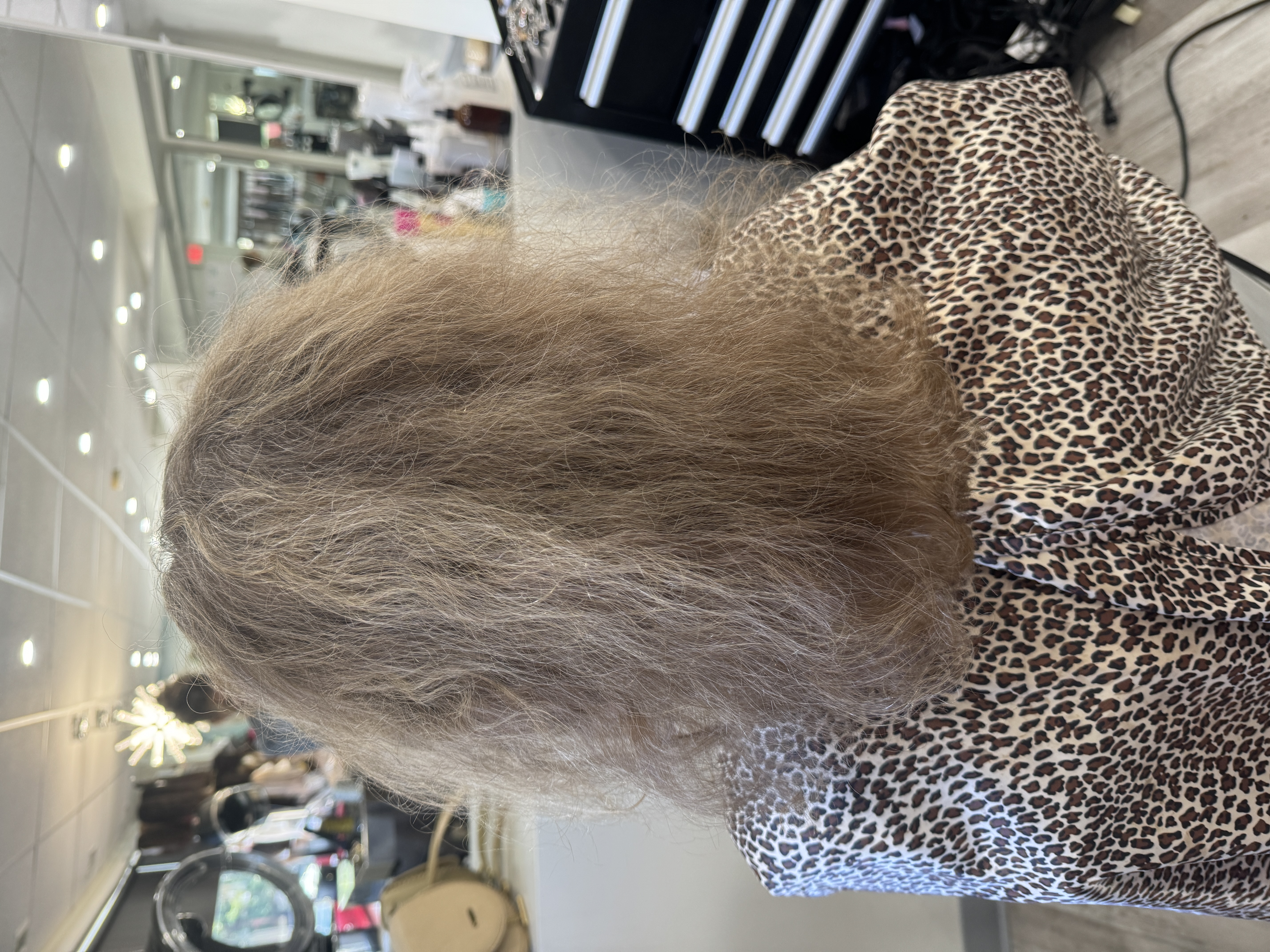
Nutritional Deficiencies and Their Role
Maintaining healthy hair follicles is not just about genetics and hormones. A balanced diet rich in nutrients is also very important. If you lack certain nutrients due to vitamin deficiency, it can lead to hair loss. Vitamins and minerals play a key role in hair growth. When you don’t get enough of them, it can disrupt the growth cycle of your hair, causing hair loss.
For example, not having enough iron, which helps transport oxygen to hair follicles, is often linked to hair loss. Also, not having enough biotin, a B-vitamin vital for cell growth, can slow down keratin production. This can weaken hair and cause it to break easily.
To tackle these nutritional gaps, you should add a mix of nutrient-rich foods to your meals. It’s a good idea to talk to a healthcare provider or a registered dietitian. They can help you find out what you may be missing and suggest changes to your diet or recommend supplements to help improve hair growth.
Specific Conditions Leading to Hair Loss
Some specific medical conditions can greatly cause hair loss, in addition to the general factors listed before. These conditions usually need special medical care and unique treatment plans. This is to treat both the main problem and the hair loss that comes with it.
Getting a diagnosis and treatment on time is very important. Doing this can help control hair loss and may help with hair regrowth. Now, let's look at some of these conditions:
Androgenetic Alopecia: A Genetic Outlook
Androgenetic alopecia, often called male pattern baldness or hereditary hair loss, is a genetic hair loss condition. It is the most common type of hair loss, affecting millions of people around the world. In men, it shows up as a receding hairline and slow hair loss from the top of the head, which can lead to partial or full baldness.
For women, androgenetic alopecia usually looks like thinning hair spread across the scalp, without affecting the hairline in the front. Genetics and hormones are the main causes of this condition. Dihydrotestosterone (DHT), a hormone from testosterone, plays a big part in it.
Although there is no cure for androgenetic alopecia, there are many treatments to help slow down hair loss and encourage regrowth. These options include medications like minoxidil (Rogaine) and finasteride (Propecia), as well as low-level laser therapy. In some cases, people may also consider hair transplant surgery.
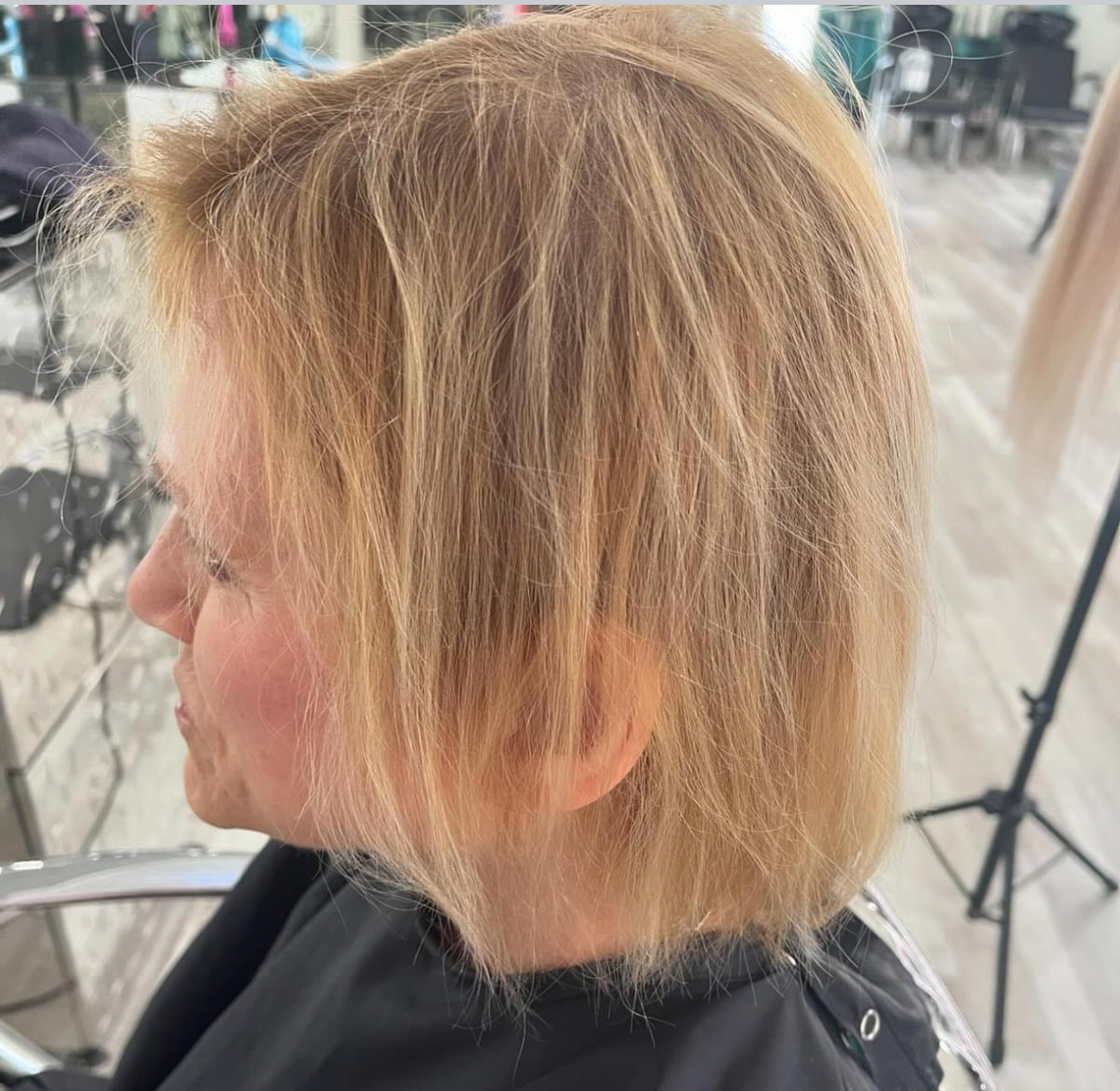
Telogen Effluvium: Stress and Hair Loss Connection
Telogen effluvium is a type of hair loss where you suddenly lose large amounts of hair. This condition often happens because of stress, illness, hormonal changes, or some medications. It happens when many hair follicles go into the telogen, or resting, phase too early. This causes hair to fall out.
Emotional or physical stresses like surgery, childbirth, a high fever, or crash diets can upset the normal hair growth cycle. Because of this, telogen effluvium can start showing up a few months after the stressful event. You may notice more hair shedding during washing or combing.
Most of the time, telogen effluvium is temporary. Hair usually grows back naturally once the problem is fixed. You can help your hair growth cycle by managing stress well, having a balanced diet, and getting enough sleep. This can help reduce hair loss.
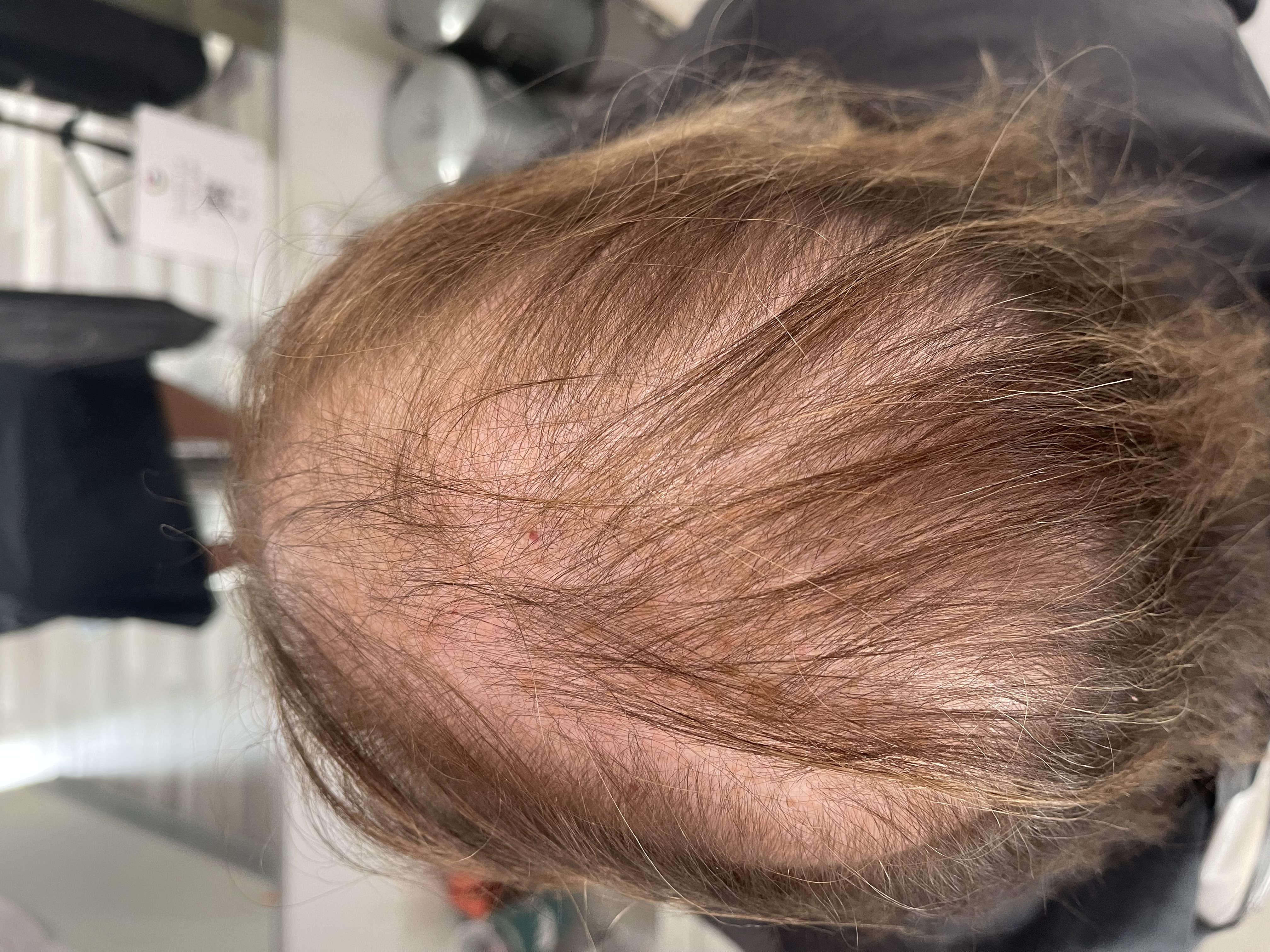
Alopecia Areata: An Autoimmune Perspective
Alopecia areata is a condition that leads to patchy hair loss, mainly on the scalp. It happens because the immune system accidentally attacks hair follicles, which affects hair growth. This attack creates round or oval bald patches on the scalp. Sometimes, these patches can grow larger or join together.
We do not completely understand why alopecia areata happens, but it may be linked to both genetics and the environment. Anyone can get alopecia areata, but it usually starts in kids or teens. This condition can be very upsetting and lower self-esteem.
There are different treatment options for alopecia areata based on how bad it is and where it occurs. These can include corticosteroids, either applied on the skin, injected, or taken as pills. Other treatments may involve topical immunotherapy or drugs like minoxidil that help with hair regrowth.
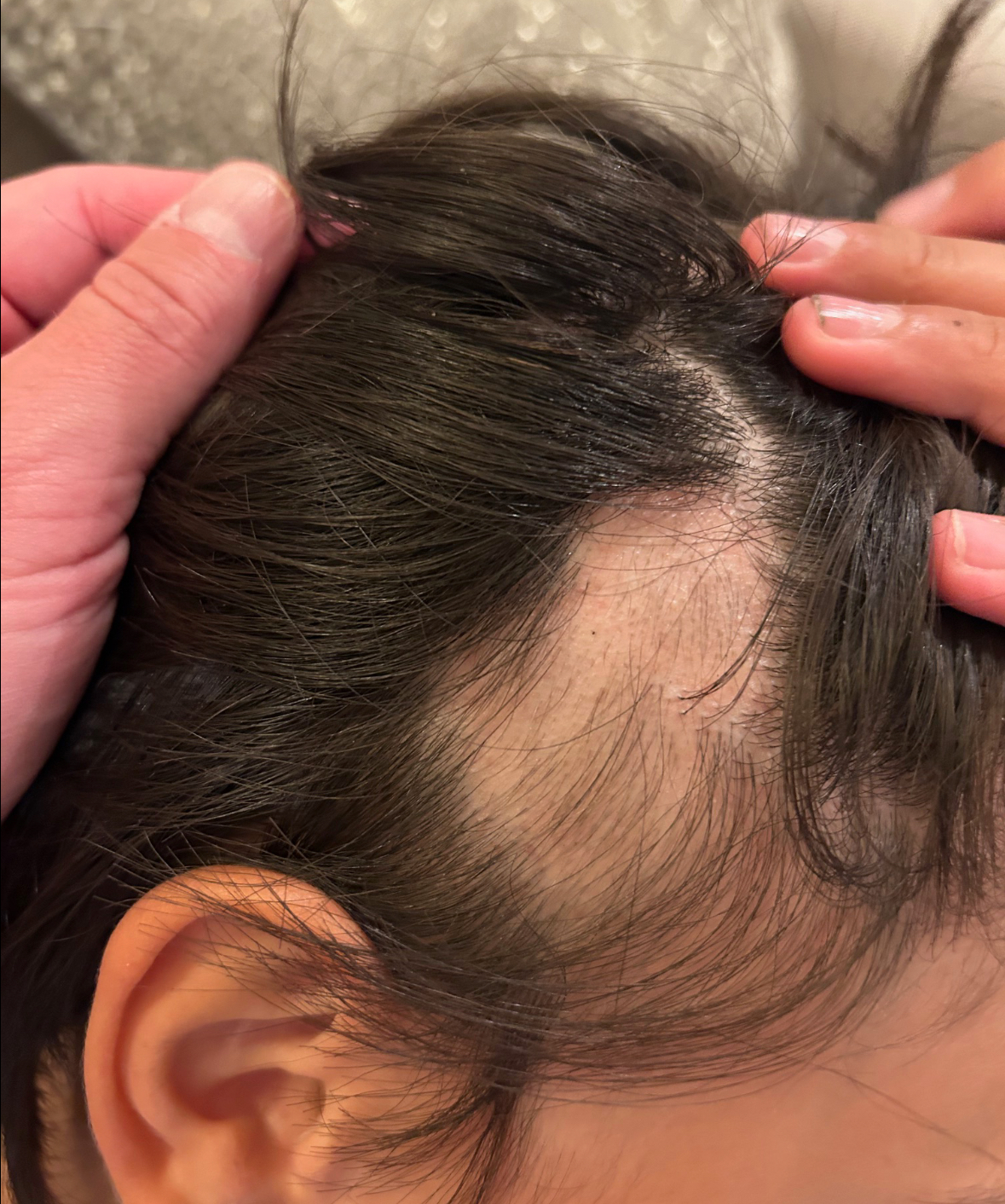
Lifestyle Factors Affecting Hair Health
Everyday habits and choices play a big role in how healthy your hair is. They can also lead to hair loss. Some things we overlook can add up and change our hair quality and growth over time.
Making simple changes to your daily routine, hair care, and your overall view on hair health can reduce unnecessary hair damage. This can help you have healthier and stronger hair. Let's look at some lifestyle factors that affect hair health more closely.
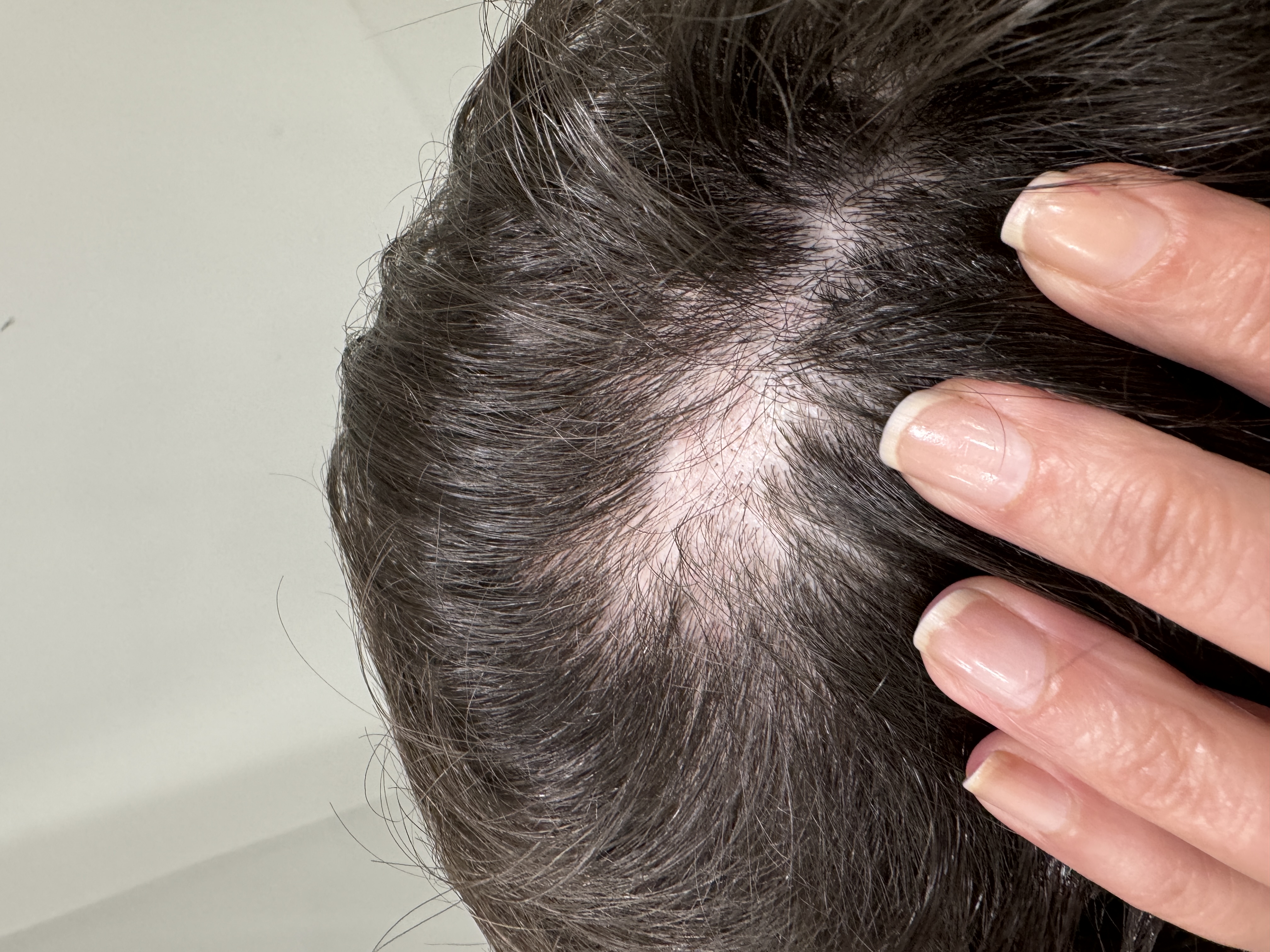
The Effects of Over styling and Heat Tools
Frequent use of styling tools and too much heat can damage your hair. This leads to breakage, thinning, and poor hair health. Tools like hair dryers, straighteners, and curling irons are easy to use, but they can remove the hair's natural moisture. This makes hair dry, weak, and more likely to break.
High heat can also harm the hair's protein structure. This weakens the hair shaft, causing split ends, frizz, and dullness. Additionally, tight hairstyles, such as ponytails, braids, or extensions, can create traction alopecia. This is a type of hair loss caused by constant pulling on hair follicles.
To reduce damage from over-styling and heat, it’s important to be careful. Try to use heat-free methods for styling whenever you can. If you do use heat tools, make sure to apply a heat protectant spray first. Choose looser hairstyles that do not pull on the hair follicles. Also, give your hair some time to rest from styling, so it can recover.

Importance of a Balanced Diet for Healthy Hair
Just like any other part of our body, our hair needs a good diet full of nutrients. Important nutrients like proteins, vitamins, minerals, and healthy fats help create strong and healthy hair follicles. This also helps our hair grow well.
If our diet is missing these key nutrients, we can face hair problems. These include hair loss, thinning, dryness, and dull hair. Protein is especially important because hair is mostly made up of keratin, which is a type of protein. Iron helps carry oxygen to our hair follicles, while biotin helps make keratin.
To have healthy hair, eat a mix of fruits, vegetables, lean proteins, whole grains, and healthy fats. You should think about talking to a healthcare provider or a registered dietitian. They can check your diet and help you find any gaps that might be affecting your hair health.
Medical Treatments and Hair Loss
Some hair loss happens because of lifestyle choices or temporary issues. Other times, it can happen as a side effect of important medical treatments. Knowing how medical treatments relate to hair loss can help people deal with this frustrating problem.
Talking to healthcare providers about options can also reduce stress and improve hair health during and after treatment. Here are two common medical situations linked to hair loss:
Understanding Chemotherapy-Induced Hair Loss
Chemotherapy is a common treatment for cancer. It often causes hair loss, which can greatly affect how patients feel. Chemotherapy drugs target cells that divide quickly, including cancer cells. However, they also harm hair follicles, leading to hair loss during treatment.
Radiation therapy, another method for treating cancer, can cause hair loss too. This usually happens in the area that gets treatment. How much hair you lose can differ based on the type of chemotherapy drugs used, the radiation area, and personal sensitivity.
While it might be hard to stop hair loss from chemotherapy completely, there are ways to reduce it. One option is scalp cooling caps. Wearing these caps during chemotherapy can help limit how many drugs reach hair follicles.
The Role of Medications in Hair Thinning
Several medications, while essential for managing various health conditions, can list hair thinning or hair loss as potential side effects. This unwanted consequence often stems from the medications' impact on the hair growth cycle or their interference with nutrient absorption vital for healthy hair follicles.
If you suspect medication-related hair loss, speaking with your healthcare provider is crucial. They can assess if alternative medications or dosage adjustments can mitigate this side effect without compromising your health management plan.
|
Medication Class |
Examples |
|
Antidepressants |
Selective serotonin reuptake inhibitors (SSRIs) |
|
Blood pressure drugs |
Beta-blockers |
|
Hormone-related drugs |
Birth control pills |
Remember, it's essential not to discontinue or adjust medication dosages without consulting your doctor. Open communication about side effects ensures safe and effective management of both your health condition and any medication-related concerns.
Conclusion
Hair loss can be stressful, but knowing its causes is the first step to finding a fix. Hormonal changes, not getting enough nutrients, and conditions like androgenetic alopecia can all cause hair loss. Your lifestyle can also play a role. For example, too much heat styling and eating a bad diet can hurt hair health. Certain medical treatments, like chemotherapy, can make hair thinner. It's important to think about your overall health and get help from a professional if needed. Keep in mind that acting early can often help manage or even reverse hair loss. Take care of your hair by nourishing it from the inside and fixing any problems to have healthier hair.
Frequently Asked Questions
Can dietary changes reduce hair fall?
A good diet that has plenty of vitamins, minerals, and protein helps your hair grow. It can also help cut down on hair loss. Making changes to what you eat, or taking vitamins if you need to, can give your hair the nutrients it needs to be healthier and stronger.
How can I tell if my hair loss is normal or excessive?
Losing 50-100 strands of hair each day is normal. However, if you notice excessive hair loss, it may show as thinning, a receding hairline, or bald spots. If you see big changes in how much hair you are losing, talk to a healthcare provider. They can check your medical history and help with any concerns you may have about hair shedding.
What are the first steps to take when noticing hair loss?
If you see hair loss, book an appointment with a dermatologist. They can find out the reason and suggest treatment options. This might include medication, changes in your lifestyle, or a special hair care routine.




